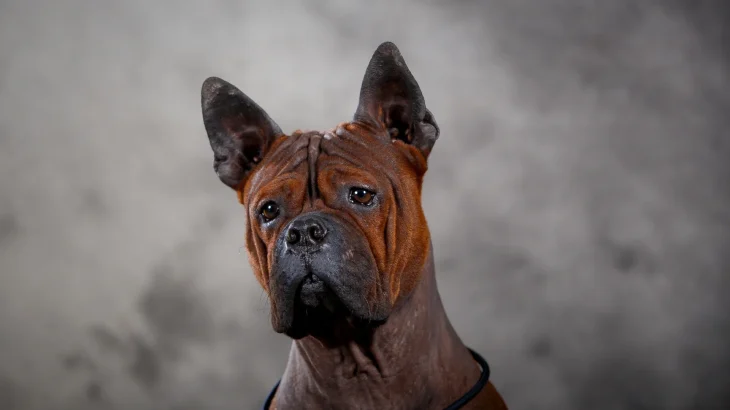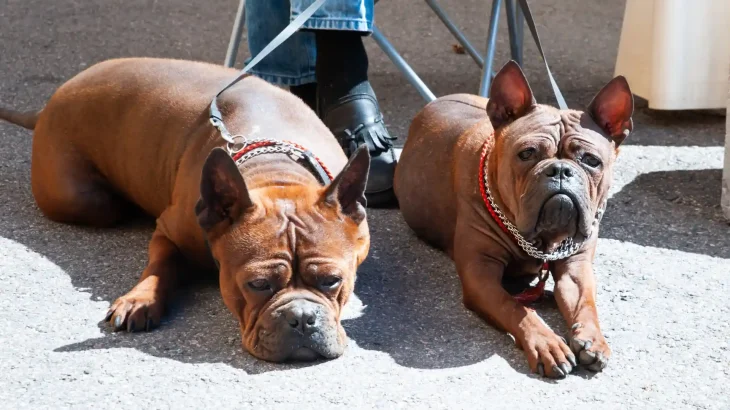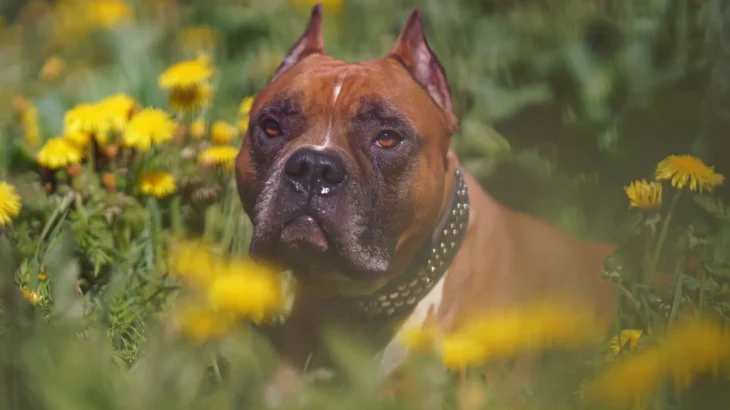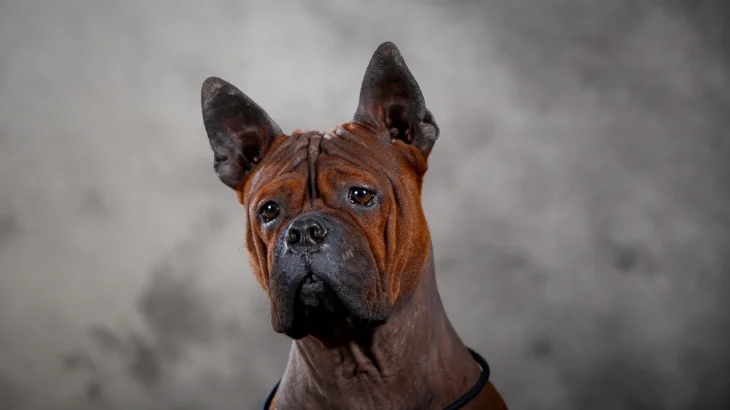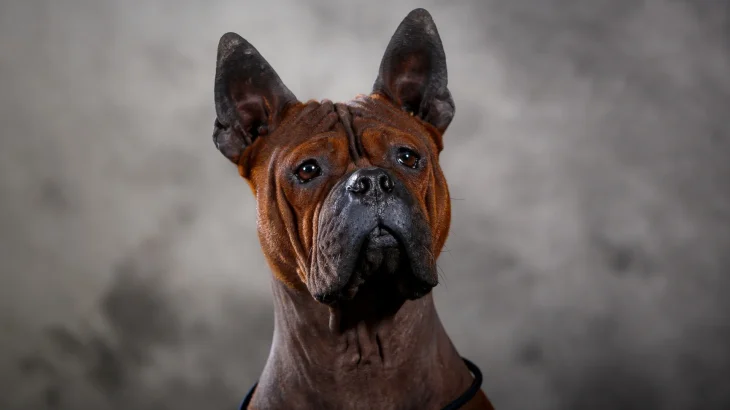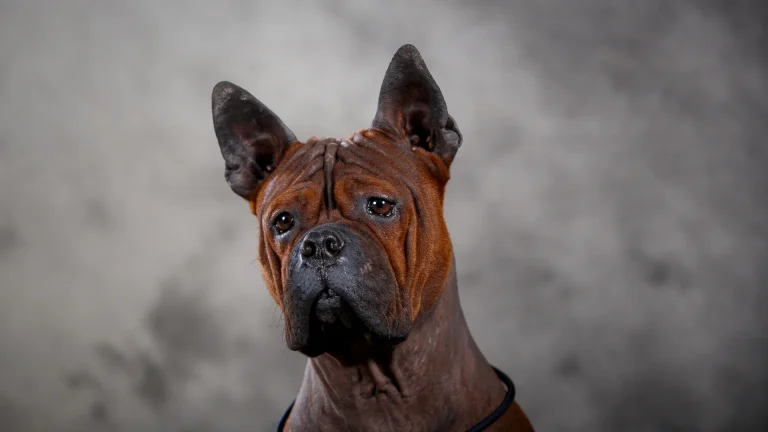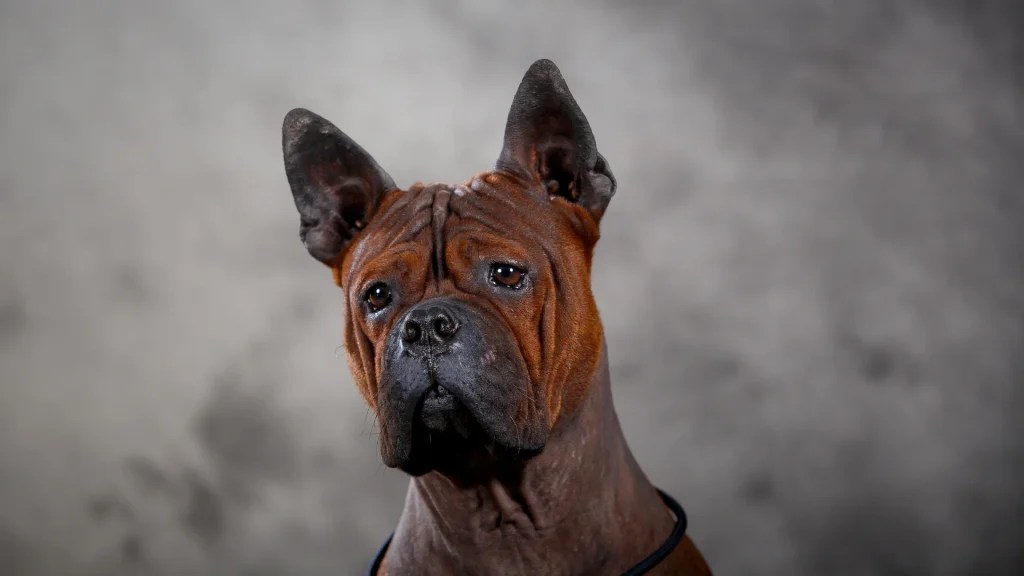Choosing whether to adopt or purchase a Chinese Chongqing Dog puppy involves weighing factors like cost, health history, and ethical considerations. Each option offers distinct advantages and challenges that can impact your experience as a new dog owner.
Adoption vs. Breeder: Pros & Cons
| Criteria | Buying from Breeder | Adopting from Shelter/Rescue |
|---|---|---|
| Cost | Often higher initial cost due to breed purity and pedigree documentation. | Generally lower fees, supporting animal welfare efforts. |
| Health History | Comprehensive health records and genetic testing usually provided. | Health history may be limited or unknown, though basic health screenings are common. |
| Age Availability | Primarily young puppies, allowing early training and bonding. | Variety of ages available, including adult dogs. |
| Temperament Insight | Breeders can provide information on lineage and expected traits. | Observation of temperament available, but background may be less clear. |
| Ethical Considerations | Supports breeders committed to maintaining breed standards; requires careful breeder selection. | Provides a home to a dog in need, promoting rescue and reducing shelter populations. |
| Breed Purity & Pedigree | Guaranteed breed purity with pedigree papers. | Breed purity often unknown or mixed. |

